After the first of the year when things are generally slow on the farm, meetings heat up. There are many production meetings ranging from local to national level. I'm fortunate to have a good one in what is practically my back yard.
Last week I attending
No-till on the Plains Winter Conference. This was their 15th annual meeting and my 7th, I've been to everyone of them since coming back to the farm, my dad was one of the founding board members. Attendees were primarily from the Great Plains, the region that covers Texas to North Dakota and Missouri River to the Rocky Mountains. Each year brings more international attendees, particularly from the Canadian prairie Providences, in the past a lady connected to a Former Soviet Union State has attended.
Over the years the list of presenters have had an international flair either from experience and cooperating with foreign researchers or are farmers or crop consultants. This year the international guest speakers was a crop consultant from South Africa, a group of Canadian farmers from Saskatchewan and Alberta and Canadian researchers.
The conference kicked off with with Apple computers co founder Steve Wozniak speaking in a relaxed question and answer setting. He focused on innovation and mentioned how smaller companies can be more flexible and can cater to specific markets to fill a niche that larger companies can't meet. I didn't win the Ipad door prize autographed by the Woz.
There were three speakers in the breakout sessions that left an impression on me. Part of the reason they left the impression is not just validation for what we currently do, but also help nudge us in the direction of even more sustainability. As the definition of sustainability changes I have determined I will never claim as being sustainable.
Jill Clapperton, a soil scientist that studies soil biology and health. She had an in depth presentation about how soil residue, soil structure and soil biology are inter related and essential in a healthy no till cropping system. She also teased us with the findings in a soon to be released study by a graduate student working under her on healthy soils producing healthy food, I will be looking for it. Instead of attending her last presentation I went to Paul Jasa, engineer with University of Nebraska Lincoln, he understands no till systems and the equipment upgrades required, great source for sifting through the various attachments.
Francis Yeatman, a South African crop consultant had a very interesting presentation on soil fertility and the need for indepth analysis of soil tests and following up with tissue testings. He had many clients that had over applied fertilizer and lacked the proper balance of available nutrients that resulted in deficiencies. In his work he has found that not all nutrient sources are the same, some can help build soil structure while supplying crops with the nutrients while others only provide the crop with nutrients. In his information packet was a chart showing the effect of high and low nutrients levels have on other nutrients.
Jonathan Lungren, a USDA-ARS researcher at the North Central Agricultural Research Laboratory. Spoke about preserving beneficial insects in a no till system. Much of his work revolved around corn rootworms which seems to have a built in defense mechanism that requires a great number of beneficials to control. Dewayne Beck of Dakota Lakes research farm had contacted him to determine why corn rootworms weren't a problem. They determined after adding rootworms to the rows of corn that enough predators were present to prevent any noticeable loss. A favorable environment was created for beneficials due to a varied crop rotation that included cover crops and limited needs of pesticides.
I feel our farm is moving in the right direction. We soil test on a regular basis and observing plants for nutrient deficiencies is part of our in season scouting program. Our increasing use of sunflowers as a double crop between second year wheat and grain sorghum or corn shows several benefits because of more plant diversity, increase in beneficial insects, we have actively growing plants feeding soil biology during what would be a long period of not having desirable plants growing, and I feel wheat stubble decomposes faster putting carbon into the soil faster. We have an irrigated field that has a wheat and double crop sunflowers prior to a corn crop might be a candidate for some non Bt corn trial based on some of Lungrens comments about sunflowers attracting beneficial insects.
I also visited with some an up start oil processor that was trying to generate interest in Safflower for bio diesel. The timing of seeding and harvest works well for us as a replacement for some acres of soybeans and it also the oil content ranges from 35% to 40% even with lower grain yields it has potential to out produce soybeans in oil content. I feel as an industry we need to keep finding and improving crops to increase oil production on current crop acres.

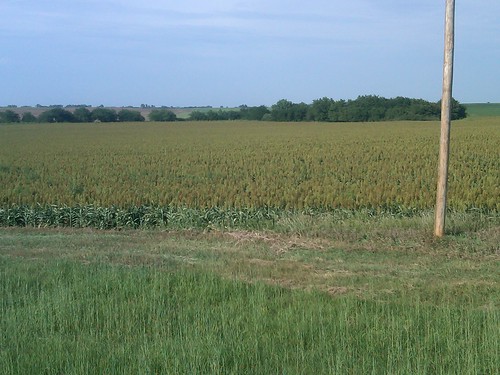
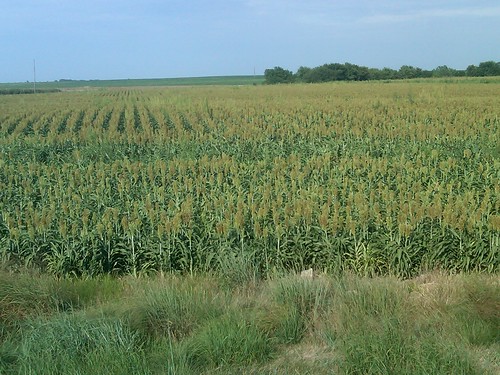


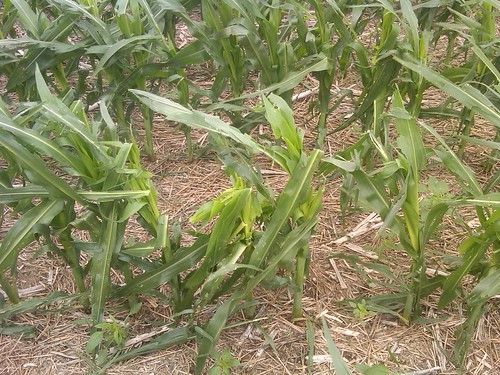
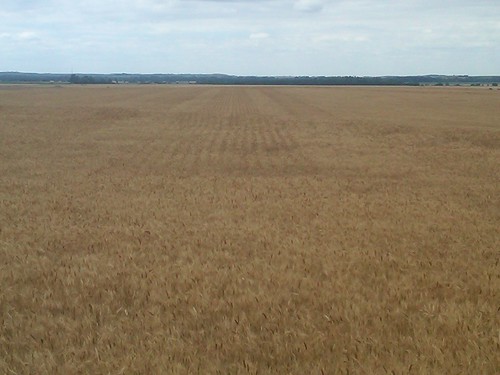
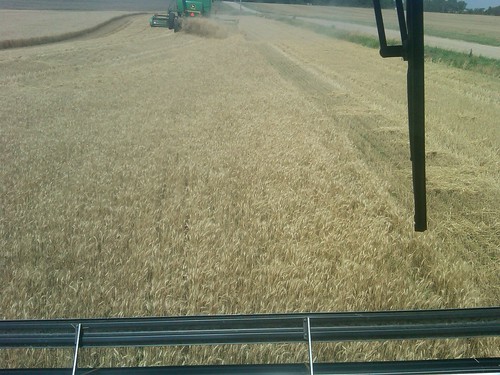
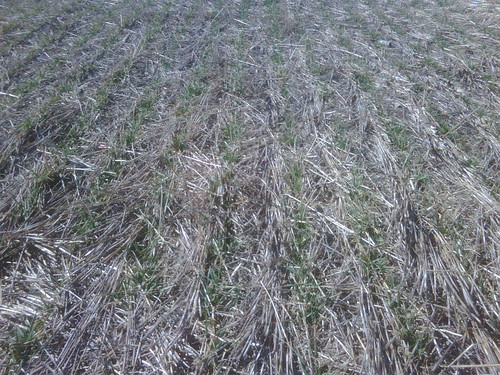
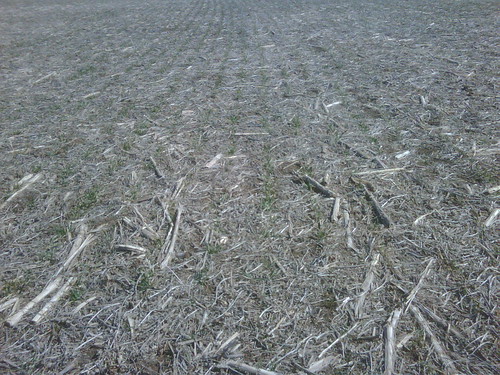
![IMG00124-20110312-1550[1]](http://farm6.static.flickr.com/5017/5521240601_c3c56e2dd8.jpg)